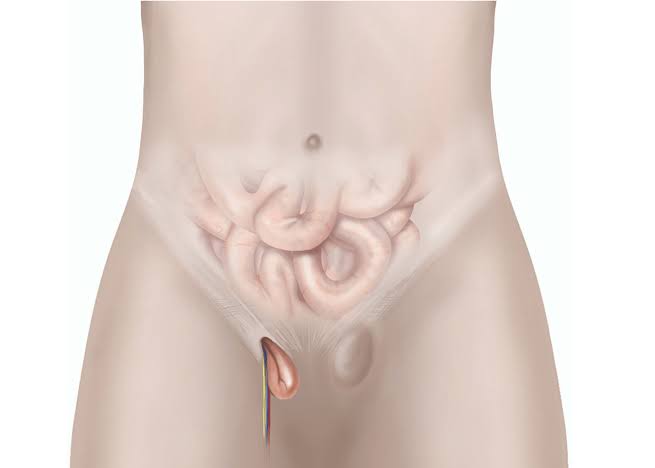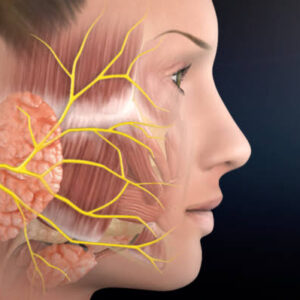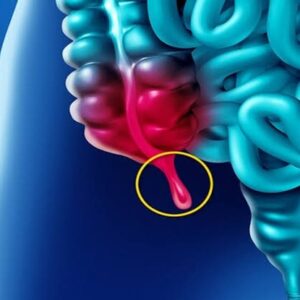Laparoscopic Inguinal Hernia Repair
Price range: ₹800.00 through ₹1,600.00
Learn Laparoscopic inguinal hernia repair, also known as laparoscopic herniorrhaphy, through our scientifically proven stepwise program. You can acquire this skill anywhere, anytime, without quitting your job and daily life. We utilize the FAHEM Theory of Skill Development to enhance human skills.
Please read the Requirements and Commitments of each level before making a purchase. Ensure you meet the eligibility criteria to receive the product/service.
Description
Laparoscopic inguinal hernia repair, also known as laparoscopic herniorrhaphy, is a modern surgical technique used to treat inguinal (groin) hernias. It offers several advantages over traditional open surgery, including reduced postoperative pain, shorter recovery times, and improved cosmetic outcomes. Here are the steps, indications, and the importance of learning this skill for surgeons today:
Steps of Laparoscopic Inguinal Hernia Repair:
Patient Preparation: The patient is placed under general anesthesia, and the surgical team prepares the abdomen and groin area for the procedure.
Small Incisions: The surgeon makes small incisions in the abdominal wall, usually three to four, through which trocars (thin, tube-like instruments) are inserted.
Creation of Pneumoperitoneum: Carbon dioxide gas is introduced into the abdominal cavity to create a workspace and allow the surgeon to view the hernia area clearly.
Insertion of Laparoscope: A laparoscope (a thin, lighted tube with a camera) is inserted through one of the trocars to provide a magnified view of the abdominal contents.
Mesh Placement: The surgeon identifies the hernia defect and uses specialized instruments to reduce the hernia contents back into the abdominal cavity. A mesh, typically made of a synthetic material, is then placed over the hernia defect and secured in place using tacks, sutures, or other fixation devices.
Closure and Recovery: After confirming that the mesh is in the correct position, the surgeon releases the pneumoperitoneum, removes the instruments, and closes the small incisions with sutures or staples.
Indications for Surgery:
Laparoscopic inguinal hernia repair is indicated for various scenarios, including:
Primary Inguinal Hernias: This technique is suitable for most primary inguinal hernias, both unilateral and bilateral.
Recurrent Inguinal Hernias: Surgeons may opt for laparoscopic repair when a hernia returns after previous open surgery.
Bilateral Hernias: When a patient has hernias on both sides of the groin, laparoscopic repair can be advantageous, as it can address both hernias through the same small incisions.
Patients with Hernias and Other Medical Conditions: Laparoscopic repair may be a preferred choice for patients with comorbidities that make open surgery riskier.
Importance for Surgeons Today:
Learning laparoscopic inguinal hernia repair is important for surgeons today for several reasons:
Minimally Invasive Surgery: Laparoscopy is considered a minimally invasive approach, resulting in smaller incisions, less pain, and faster recovery. Patients often prefer this technique.
Patient Satisfaction: The improved cosmetic outcomes and reduced postoperative pain associated with laparoscopic repair contribute to higher patient satisfaction.
Shorter Hospital Stays: Patients typically spend less time in the hospital after laparoscopic surgery, reducing healthcare costs and hospital resources.
Advanced Skillset: Learning laparoscopic techniques expands a surgeon’s skillset, making them more versatile and competitive in the field of surgery.
Stay Current: In an ever-evolving field of medicine, staying current with the latest surgical techniques is crucial for providing the best possible care to patients.
In conclusion, laparoscopic inguinal hernia repair is a valuable skill for surgeons today due to its benefits for patients, including reduced pain and faster recovery. Surgeons who can perform this technique are better equipped to meet patient expectations and offer advanced surgical options.
Additional information
| Levels | Level-1, Level-2, Level-3 |
|---|
General Inquiries
There are no inquiries yet.







